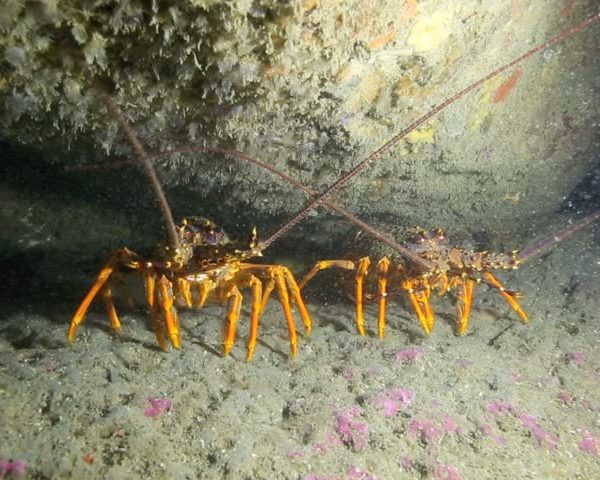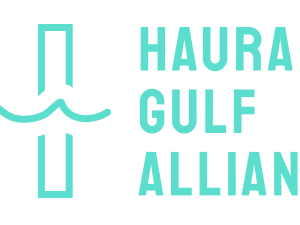Poaching of fish is not new, it goes back centuries. In old England landlords refused to allow starving peasants to fish in the rivers and streams running through their properties. The peasants took their chances under the cover of darkness if they wanted to feed their family fish. Nowadays poaching operations are a lot more sophisticated.

The illegal take of crayfish is estimated to be a large industry in New Zealand. That’s not surprising given the remote location of the best fishing spots.
This year recreational fishers on the east coast, from Waipu in the north, through the Hauraki Gulf and Bay of Plenty down to East Cape, will be required to clip the tail fan of each crayfish they intend to keep as part of their new daily bag limit of three. This method is called telson clipping and is intended to indicate that the crayfish cannot be bought, sold or traded.
LegaSea is concerned that not enough effort is going into educating fishers on the new rules.
LegaSea wholeheartedly supports compliance initiatives to stop the illegal take of fish, and telson clipping has been discussed for years. We have asked officials for evidence that shows the effectiveness of telson clipping as a deterrent for large-scale poaching. None has been produced.
Without any evidence we’re not convinced of the merits of telson clipping. In our view, the poachers are intent on avoiding detection and a whole tail does not prove that the crayfish was legally landed by a commercial fisher for sale.
In reality, telson clipping does the opposite intended.
In the area from Waipu to East Cape telson clipping legitimises the illegitimate harvest, by making every unclipped rock lobster available for sale.
This is not the outcome we want, especially when crayfish numbers on the east coast are so low.
In our recent submission to the Minister of Fisheries, Stuart Nash, we noted the costs of introducing telson clipping across the whole northeast management area. We submitted that MPI compliance resources would be better used to target the individuals who are taking, selling or buying illegal crayfish.
We also recommended to the Minister a simple and realistic solution to combating the illegal trade of rock lobster.
Traceability and identification of commercial catch destined for the local market would be much harder for poachers to circumvent than telson clipping.
Traceability is becoming increasingly popular amongst restauranteurs and consumers because it provides added benefit and assurance to everyone in the food chain. After all, who wants to pay $145 per kilo for a poached crayfish?
5 February 2020. Submission CRA 1, 3, 4, 7 & 8
Crayfish submission. Summary document.





